In this video series, co-produced by IranWire.com, Museum staff and volunteers explore the meaning behind photographs from the Holocaust.
A Jewish teenager in Lithuania lights a cigarette for his girlfriend, circa 1939. Adolf Hitler rehearses his dramatic rhetorical gestures before the camera, in 1927. Auxiliaries, young women who worked as communications specialists for the SS, eat blueberries on a fence near Auschwitz, in 1944. A Jewish wedding takes place in German-occupied Poland in 1941.
These are just some of the scenes portrayed in a selection of photographs – part of a series of videos co-produced by the United States Holocaust Memorial Museum and IranWire.com.
Each photo tells a unique story of the Holocaust era. Some depict daily life for Jews during World War II. Some expose Nazi propaganda. Others show instances of secret documentation of Nazi persecution. The videos also demonstrate how photographs can be used to understand the past, humanize historical events, and honor victims.
A Jewish teenager lights a cigarette for his girlfriend, Elka Lubetski, in the town of Eisiskes, Lithuania. The couple eventually married, but their fate is unknown.
Vilma Grunwald poses with her two young sons, John and Misa, Czechoslovakia, circa 1933. The Grunwald family were deported and detained in Theresienstadt for a year and a half until they were deported to Auschwitz on December 15, 1943.
Jewish women and children upon arrival at the Auschwitz-Birkenau camp, May 1944.
Clandestine photograph of prisoners marching to the Dachau concentration camp in April 1945.
A group of Sinti children pose with a nun at the St. Josefspflege Catholic children's home in Mulfingen, Germany. These children were sent to the Auschwitz killing center in May 1944, where all but four were gassed.
A racial hygienist and police officer interview a Romani woman. Late 1930s.
Images from a German publication showing the children of white German women and French soldiers from African colonies. Germany, 1936-1939.
Photograph album depicting German-occupied Poland in 1941, likely compiled and captioned by Jakob Lechner, an SS officer in Warsaw. Many of the photos are attributed to Polish propaganda photographer Mieczysław Bil-Bilażewski.
A young boy in the Kovno Ghetto carrying a bowl of soup and holding food ration tickets. Lithuania, 1941-1943.
